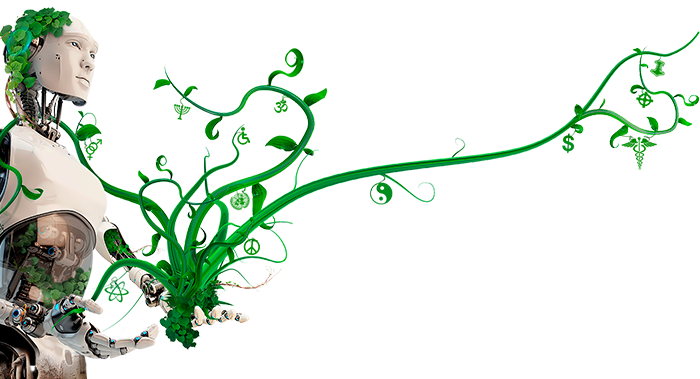

Kathleen Belhassein graduated from University of Poitiers in Psychological Sciences. She currently works as a PhD student at CLLE and LAAS-CNRS laboratories (Toulouse, France) under the supervision of Prof. Michele Guidetti and Dr. Rachid Alami. She is involved in the ANR project JointAction4HRI and her current research interests include human-robot interaction, social learning and joint action

Víctor Fernández Castro is a current post-doctoral research fellow at LAAS-CNRS (Université de Toulouse, CNRS) and the Institut Jean Nicod, (DEC, ENS, PSL Research University) under the project “ANR-16-CE33-0017: Joint Action for Human-Robot Interaction”. Previously, he obtained his Ph.D. at the University of Granada in 2017, where he was also a post-doctoral research fellow (2017-2018). He has also been research visitant at George Washington University and the University of Edinburgh. His main areas of interest are the philosophy of mind, psychology and social robotics. His research focuses on social cognition, joint action and metacognition.

Amandine Mayima graduated from Institut National des Sciences Appliquées (INSA) of Toulouse in Automatic and Electronics. She is a PhD student in robotics at LAAS-CNRS (Université de Toulouse, CNRS) under the supervision of Dr. Rachid Alami. She designs and implements decision-making systems for collaborative robots. Her research focuses on decision-making, human-robot interaction real-time evaluations and contingencies handling. She has been part of the MuMMER European project, designing and implementing a guiding task.
A Horizontal Approach to Communication for Human-Robot Joint Action: Towards Situated and Sustainable Robotics
This paper aims at presenting a horizontal approach to the design of communication for joint action in human-robot interaction according to which social robotics must attend to different parameters of the whole joint action including context, the embedded situation and human psychological profile during the design and test process. Such approach aims at complementing the standard building-block model that represents the state of the art in robotic communication. Moreover, we provide some general ideas of how the model can facilitate the use of available communicative strategies for creating more efficient culturally sustainable robots in contexts of joint action.